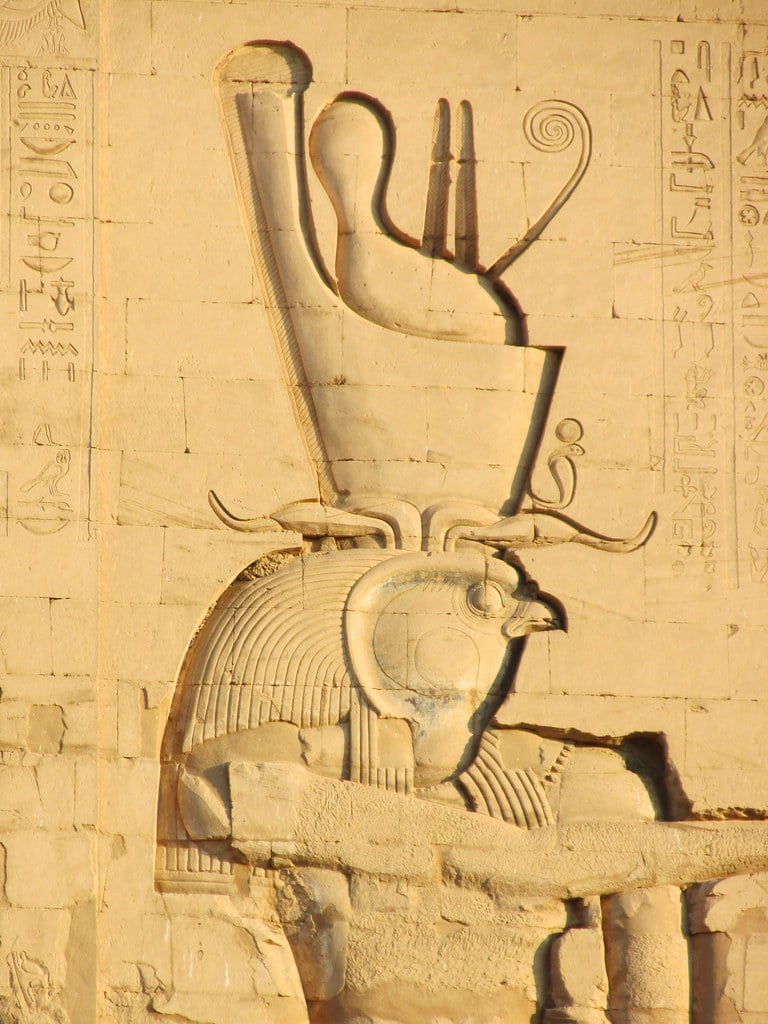5 Roles of the God Horus in Ancient Egyptian Mythology
Explore the multifaceted Egyptian god Horus, from divine avenger to protector of Egypt's pharaohs.
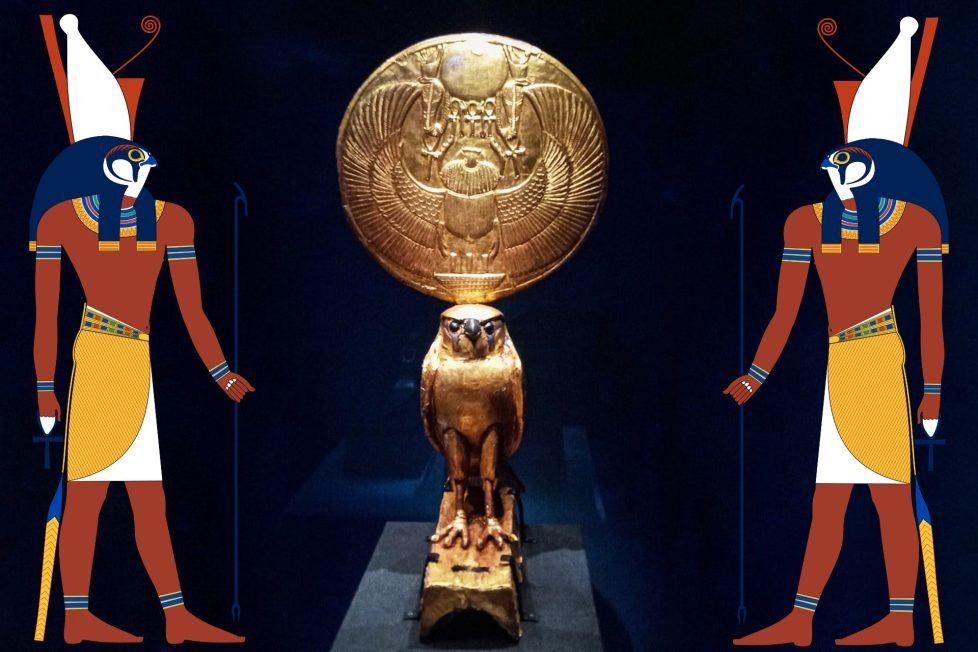
Explore the multifaceted Egyptian god Horus, from divine avenger to protector of Egypt's pharaohs.

Table of Contents
ToggleHorus is a key deity in ancient Egyptian mythology. Often seen as a falcon or a man with a falcon head, Horus holds a great deal of significance in Egyptian myth. As the national god of ancient Egypt, his role was vast, multifaceted, and deeply interwoven into the fabric of Egyptian culture.
One of the symbols tied closely to Horus is the Eye of Horus, or the left wedjat eye. This emblem carried the weight of healing, protection, and royal power. It was a symbol often found in Egyptian art and artifacts, a sign of the deity’s prevalence.
There’s not just one Horus in Egyptian mythology but several variations. These include Horus the Elder, Horus the Younger, Horus of the Horizon, and Horus of Behdet. Each version of Horus had its own unique traits, roles, and backstories, often reflecting the diverse beliefs held across different regions and periods of Egyptian history.
Horus the Elder was one of the original five gods, born from the union of Geb, the god of the earth, and Nut, the goddess of the sky. Horus the Younger, on the other hand, was the product of magic, conceived by Isis after her husband, Osiris, was murdered by his own brother, Set.
The roles of these different forms of Horus are rich and varied. From his conflict with Set to his role as the protector of the pharaohs, each facet of Horus offers a unique opportunity for understanding ancient Egyptian culture.
Let’s explore these roles further.
The tale of Horus and Set is one of the most dramatic in ancient Egyptian mythology. It all begins with a bitter feud for the throne of Egypt. Set, having murdered Horus’s father, Osiris, found himself at odds with Horus. This conflict set the stage for a series of trials and tribulations that brought out the complex character of Horus.
The struggle between Horus and Set was not limited to a single fight. It involved a series of tests, each more creative and challenging than the last. They transformed into hippopotamuses, submerging themselves underwater to see who could last longer. They raced in boats made of stone and wood, each trying to outdo the other.
This feud also took a more violent turn. Set, in one of their battles, removed Horus’s eyeballs as he slept. Horus retaliated by tearing off Set’s testicles in a wrestling match. Their rivalry wasn’t just physical but also involved cunning trickery. For instance, Set once disguised himself as a woman and seduced Horus, while Horus tricked Set into eating lettuce dressed with his ejaculate!
In the end, Horus was victorious, avenging his father’s murder and ascending to the throne. The battle took a toll on him though. His left eye was damaged and had to be healed by Hathor, another important deity. This incident gave birth to the Eye of Horus, a symbol of restoration and protection.
Horus’s victory over Set made him into a god associated with resurrection and life after death. As such, he sometimes played a role in guiding and protecting souls in the afterlife.
The fight between Horus and Set may also symbolize the struggle between Upper and Lower Egypt, as well as more abstract concepts such as conscious/subconscious, order/chaos, light/darkness, life/death.
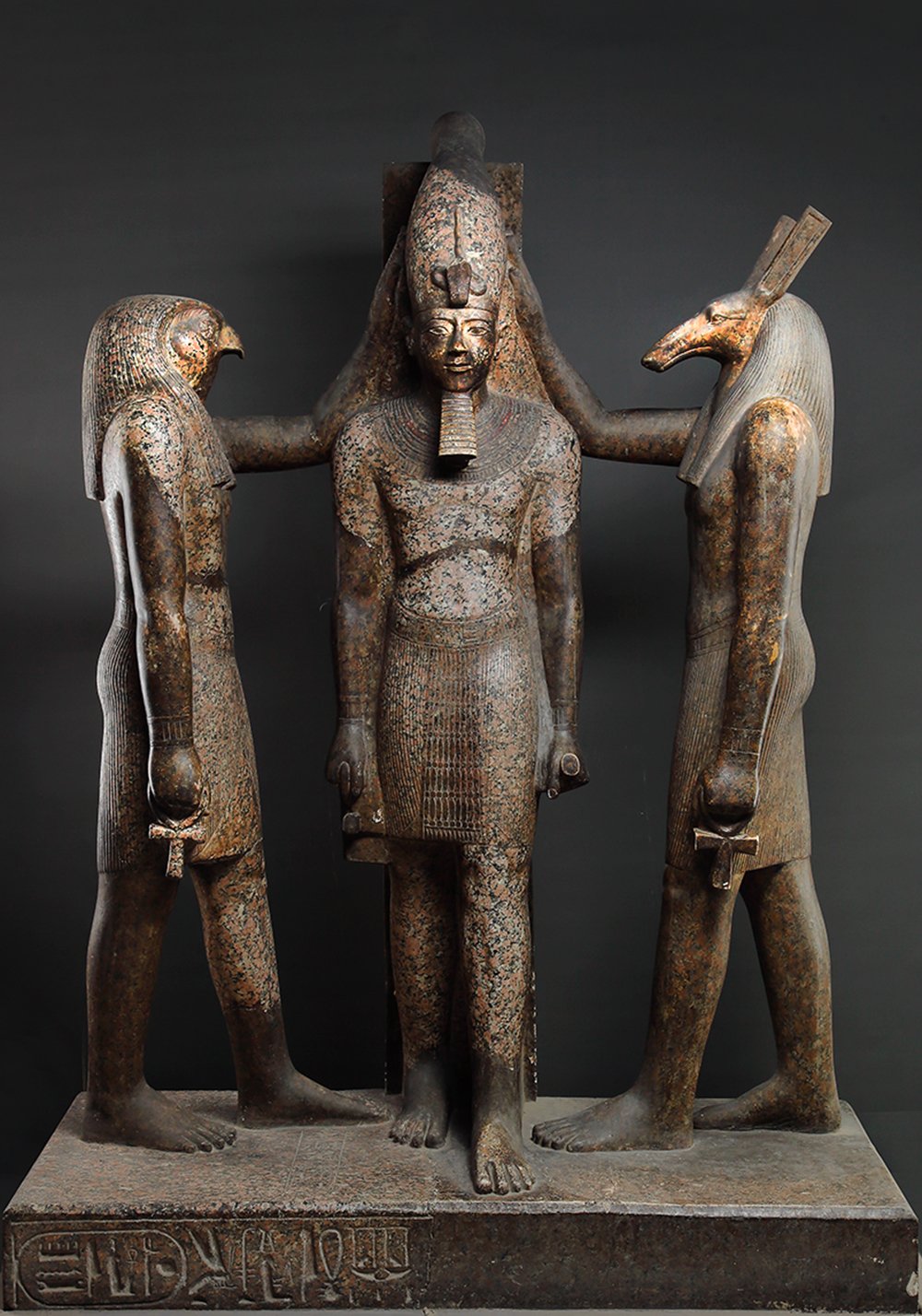
Horus held a special place in the minds of the pharaohs of Egypt. As the patron god of the rulers, pharaohs were seen as his divine representatives on earth. Over time, the pharaohs came to be viewed as the living embodiment of Horus, further strengthening the link between the deity and the rulers.
Horus played a vital role in the lives of the pharaohs. He was their guide in battles against foreign enemies and the forces of chaos. Egyptian rulers invoked him before battles, seeking his guidance and blessings. After a victory, they would celebrate Horus, attributing their success to his divine intervention. His blessing bestowed legitimacy to their reign and symbolized their supreme right to rule.
The connection between Horus and the pharaohs was visually represented in the crowns they wore. The combined red crown of Lower Egypt and the white crown of Upper Egypt symbolized the unity of the two lands under Horus. This visual representation served as a powerful reminder of Horus’s role as the god of kingship.
The significance of Horus was further highlighted in the naming of the pharaohs. The most important of a king’s names was his Horus name. This name was displayed on monuments and tombs in a rectangular frame known as a serekh.
An example is the serekh of King Hor-Aha, where the Horus falcon is shown holding a mace and a shield. The image forms the word Aha, which means “fighter of Horus.” This again emphasizes the deep connection between Horus and the kings of Egypt. In many depictions, Horus is shown hovering above the king’s head, sometimes in the form of a winged sun disk, symbolizing the Horus of Behdet (one of the forms of Horus).
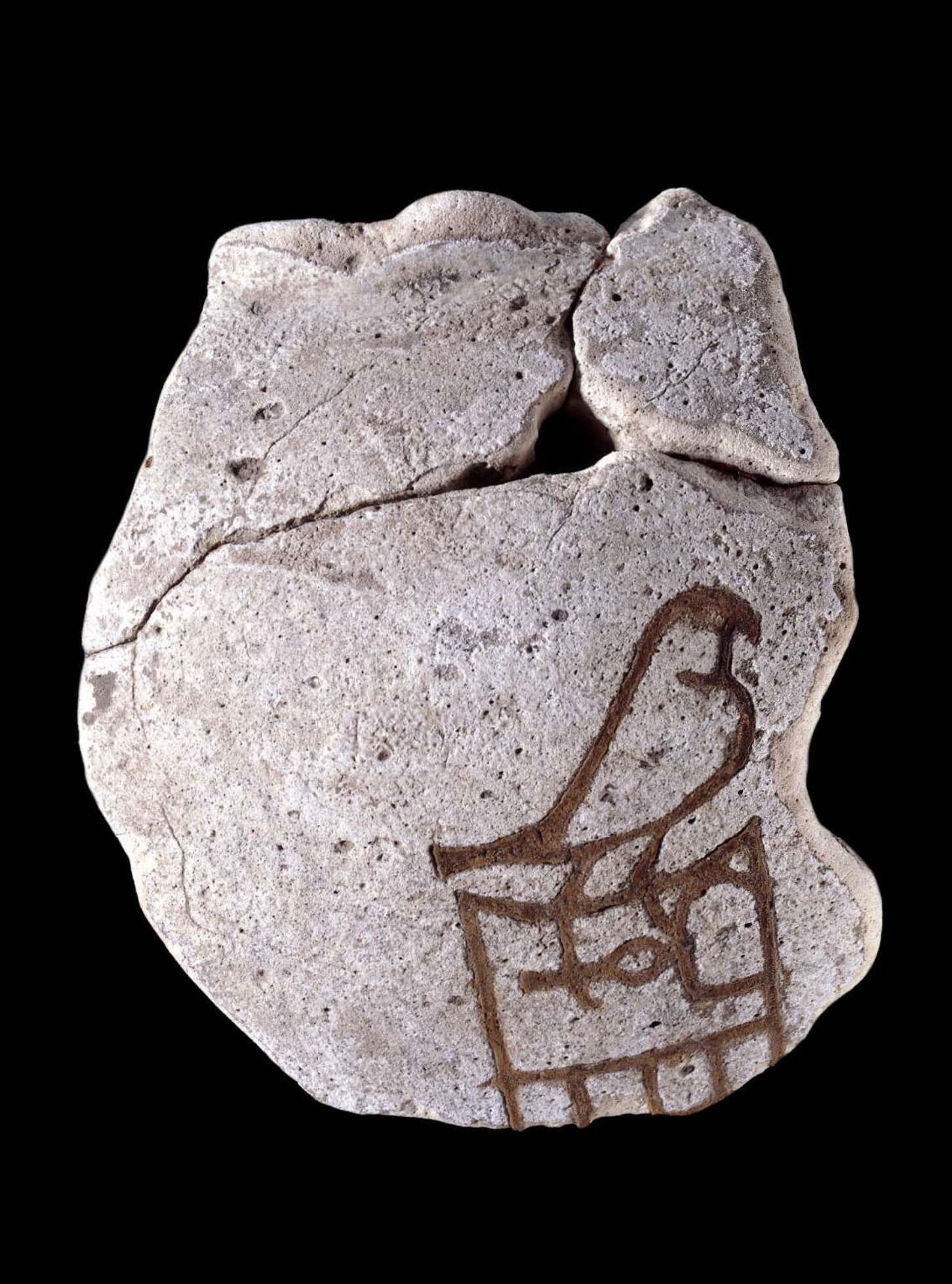
Horus was not just a god of kings, but he was also a god of the sky. His representation as a falcon or a man with a falcon head was illustrative of his abilities. It symbolized his power to soar high above the earthly realm, to observe all things from a divine perspective.
From the earliest times, the falcon was worshiped in Egypt as a cosmic deity. Its body was thought to represent the heavens while its eyes symbolized the sun and the moon. These beliefs led to widespread falcon cults throughout Egypt, with Horus being worshiped as a local god in many places under different names and epithets.
As the god of the sky, Horus was believed to have full dominion over it. The sky, with its vastness, was seen as a source of strength and protection. Horus’s ability to fly high above the world was a testament to his power and authority.
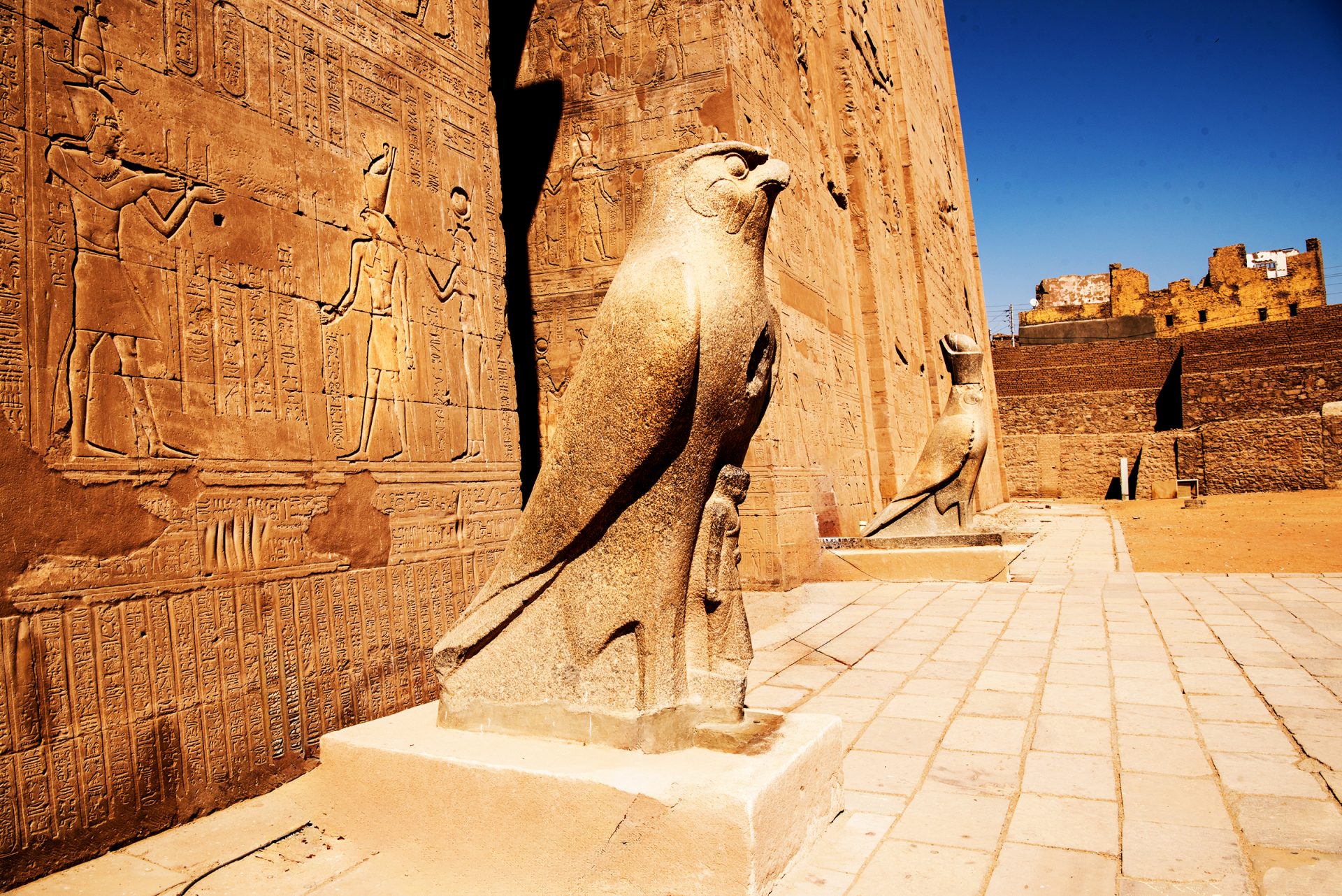
Horus’s dominance of the sky also gave him control over the sun and the moon. His right eye was thought to represent the sun, and his left eye, the moon. This dual aspect of Horus, known as Horakhty or “Horus of the Two Horizons,” signified his presence in both the eastern and western horizons of the sky.
Horus was in charge of the timely movements of the sun and the moon, and by extension, the seasons and the floods of the Nile River. This belief elevated his status to one of the most powerful deities with control over fundamental aspects of life.
In the course of Egyptian history, Horus eventually merged with the sun god Ra to form a new deity, Ra-Horakhty. This god of the sun journeyed across the sky during the day. He wore the double crown of Upper and Lower Egypt with a sun disk on it, embodying the unity of Egypt and the power of the sun.
In his role as the sun god, Horus was a source of light, warmth, and life.
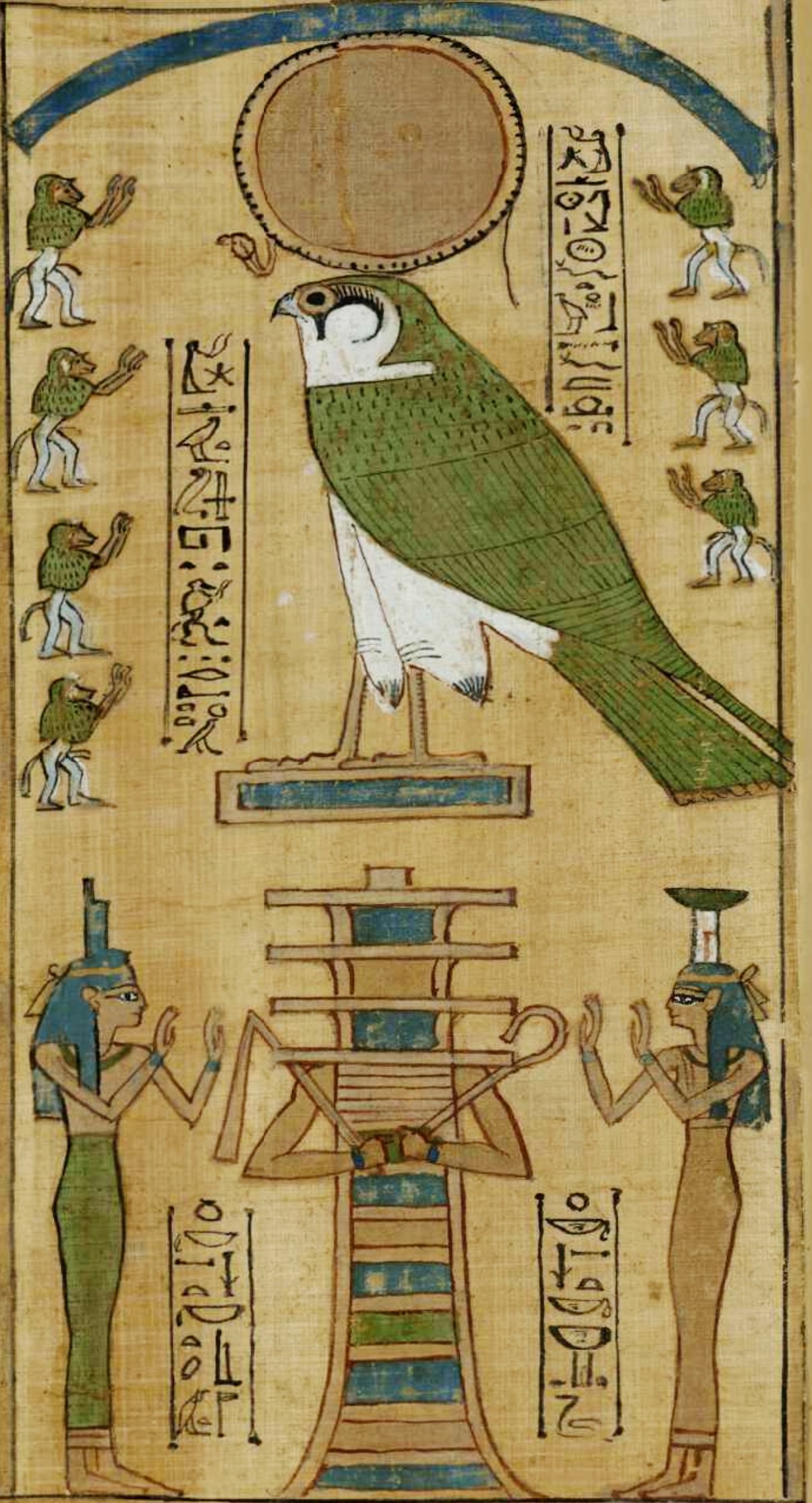
Beyond the skies and the sun, Horus had another vital role: that of a protector and healer. He wasn’t just the guardian of pharaohs but also of the common people. His reach extended to all levels of society, providing protection to those in need.
Horus was seen as a defender of justice and a guardian of the weak. He was invoked by people in times of legal disputes or when dealing with contracts or inheritance issues. His role as a protector meant that he was a source of help during times of trouble and uncertainty.
He was also a healer, providing relief from both physical and spiritual ailments. He was believed to have the power to cure diseases, heal injuries, and restore sight. This belief stemmed from the story of Horus’s own eye being damaged and then healed by Hathor.
People suffering from eye ailments turned to Horus for help, trusting in his ability to heal as he himself had been healed. The Eye of Horus became a powerful symbol in this context, representing healing and protection.
The Eye of Horus was also thought to possess magical powers. It was believed to ward off evil spirits, curses, and the evil eye. This belief reinforced Horus’s role as a protector, not just in a physical sense but also in a spiritual one.
In his role as a protector and healer, Horus offered a sense of safety and wellbeing.
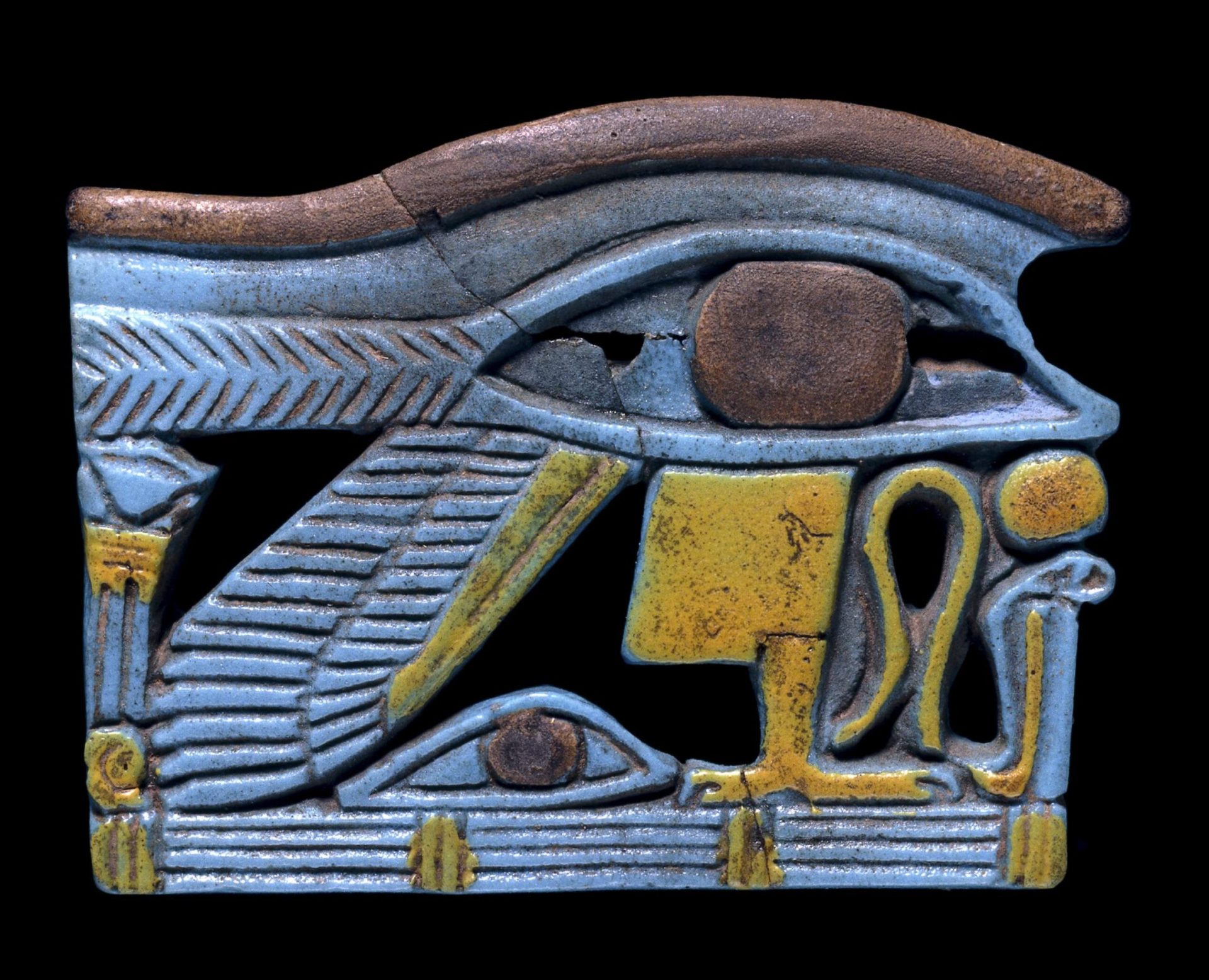
Horus, the falcon-headed god, stands tall in the pantheon of ancient Egyptian deities. His roles were as diverse as they were significant, reflecting the complex nature of ancient Egyptian myths. Horus has been equated with counterparts from different cultures, such as Apollo in Roman mythology, Mandulis in Nubian mythology, or Mithras in Persian mythology—though these connections may vary in their strength and relevance.
Horus is one of the oldest and most significant deities in ancient Egyptian religion. His worship spanned countless generations—it predates the dynastic period, reaching back into the late prehistoric era and continuing until the Ptolemaic Kingdom and Roman Egypt.
The roles of Horus evolved over time, reflecting the changing beliefs and cultural nuances of different periods and regions of ancient Egypt. From his battle with Set to his role as the protector of pharaohs, from his dominion over the sky to his influence over the sun, and finally, his role as a protector and healer, each facet plays a part in the myth of Horus.
Through Horus, we see the world of ancient Egypt in all its color and complexity. In understanding Horus, we come one step closer to understanding the fascinating world of ancient Egypt.
